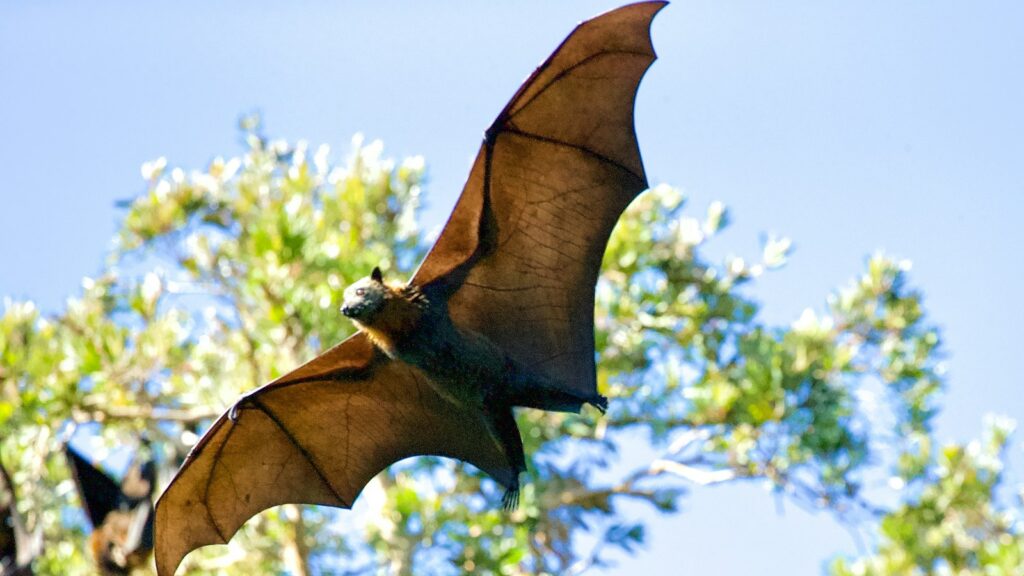
In the dark theater of the night sky, an ancient evolutionary arms race continues to unfold between bats and moths. For millions of years, bats have been using sophisticated echolocation systems to hunt moths and other flying insects with remarkable precision. Yet moths have not remained passive victims in this struggle for survival. Through the relentless pressure of natural selection, various moth species have developed fascinating adaptations to evade their echolocating predators. These evolutionary countermeasures range from acoustic jamming and sound absorption to complex evasive flight patterns. The story of how moths resist bat echolocation offers a compelling window into the dynamics of predator-prey coevolution and highlights nature’s endless capacity for innovation in the face of existential threats.
The Evolutionary Arms Race Between Bats and Moths
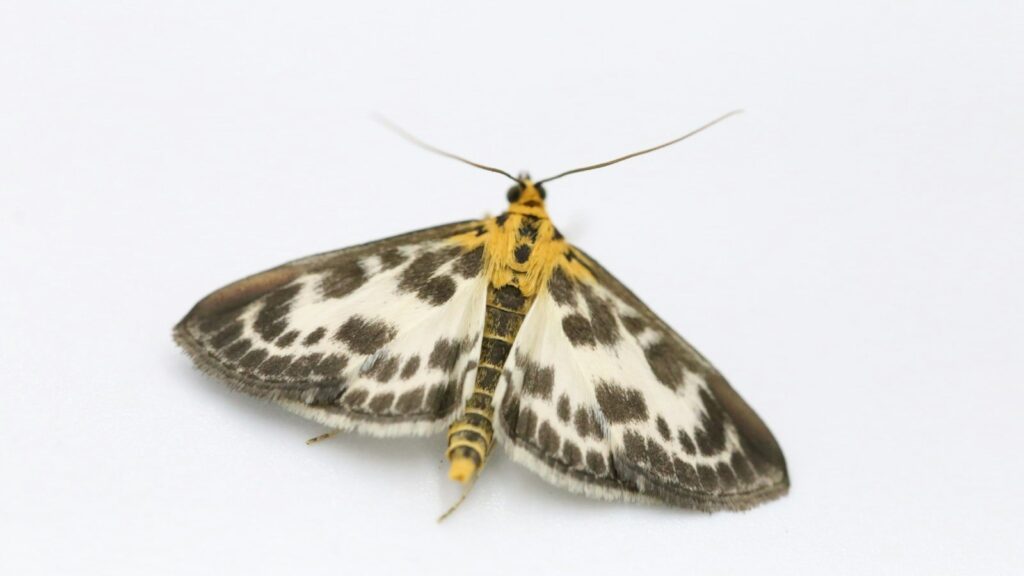
The relationship between bats and moths represents one of nature’s most dramatic examples of an evolutionary arms race, spanning approximately 65 million years. When bats evolved echolocation around this time during the Paleocene epoch, they gained a powerful advantage in nocturnal hunting, sending out high-frequency sound waves that bounce off objects and return as echoes, creating a sonic map of their surroundings. This adaptation allowed bats to detect and capture flying insects with remarkable accuracy, even in complete darkness. Moths, facing intense predation pressure, began evolving various countermeasures to survive, with those possessing even slight advantages against bat predation passing these traits to subsequent generations. The resulting coevolution has created increasingly sophisticated adaptations on both sides, with bats refining their echolocation techniques while moths develop more effective resistance mechanisms in a perpetual cycle of adaptation and counter-adaptation.
Understanding Bat Echolocation: A Sonic Hunting System

Bat echolocation represents one of nature’s most sophisticated biological sonar systems, allowing these mammals to navigate and hunt with precision in complete darkness. Bats emit ultrasonic calls—typically between 20-200 kHz, well beyond human hearing range—through their mouths or noses, then analyze the returning echoes as these sound waves bounce off objects in their environment. Their brains process minute differences in the timing, frequency, and amplitude of these returning echoes to create detailed mental maps of their surroundings, including the location, size, direction, and even texture of objects. Most insectivorous bats modify their calls during hunting, switching from slow-rate navigation calls to a rapid “feeding buzz” as they close in on prey, increasing the call rate dramatically to update prey position information more frequently. This remarkable system allows bats to detect insects as small as mosquitoes from several meters away and to distinguish between different types of prey based purely on acoustic information.
Ears Evolved for Survival: Moths’ Acoustic Detection Systems
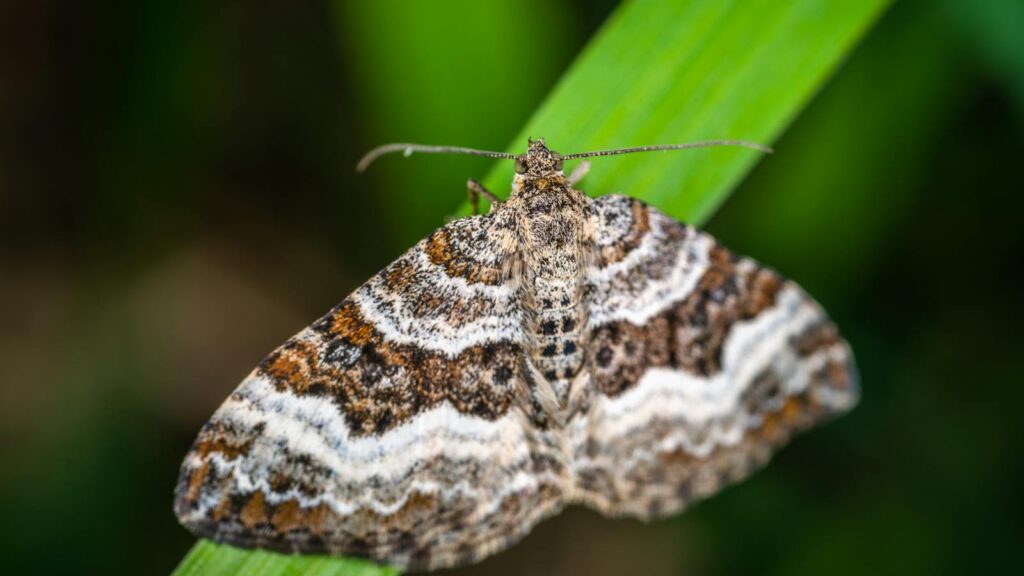
One of the most common adaptations moths have developed against bat predation is their remarkable auditory system, which specifically evolved to detect bat echolocation calls. Many moth families possess tympanal organs—essentially simple ears consisting of a thin membrane (the tympanum) that vibrates in response to sound waves, connected to just a few sensory cells. These organs are typically located on the thorax or abdomen, and despite their simplicity, they’re exquisitely tuned to the ultrasonic frequencies used by hunting bats, allowing moths to detect bat calls from up to 30 meters away. The neural pathway from these organs is remarkably efficient, creating one of the fastest known sensory-to-motor responses in the animal kingdom, with some species able to initiate evasive maneuvers within 50 milliseconds of detecting bat calls. Interestingly, these ears appear to have evolved independently multiple times in different moth lineages, underscoring the strong selection pressure bats have exerted on moth populations throughout their evolutionary history.
Evasive Flight Maneuvers: Aerial Acrobatics to Escape Predation
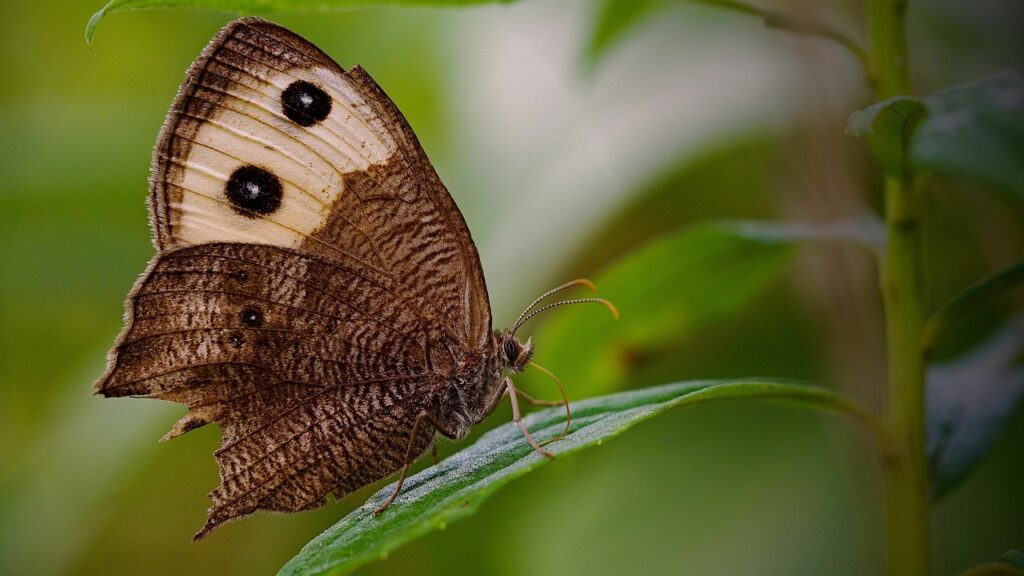
When a moth detects an approaching bat’s echolocation calls, it can execute remarkable evasive flight maneuvers that often spell the difference between survival and predation. Upon sensing low-intensity bat calls (indicating a distant predator), many moths fly away from the sound source in a relatively controlled manner. However, when detecting high-intensity calls that signal an imminent attack, moths deploy more dramatic escape tactics, including power dives, spiral flights, loop-the-loops, and erratic zigzag patterns that make their trajectory unpredictable. Some species, like certain tiger moths, perform passive free-fall drops, shutting down wing movements entirely and plummeting toward the ground before resuming flight. The hawkmoth can perform spectacular aerial rolls at speeds of up to 17 body rotations per second—among the fastest known maneuvers in the animal kingdom. These complex flight behaviors exploit limitations in the bat’s ability to track rapidly changing trajectories, creating moments of acoustic confusion that give moths precious escape opportunities.
Acoustic Countermeasures: How Tiger Moths Fight Back with Sound

Perhaps the most remarkable anti-bat adaptation appears in tiger moths (Erebidae: Arctiinae), which have evolved the ability to produce their own ultrasonic clicks as a defense mechanism. These sounds are generated by specialized structures called tymbals—thin, buckled cuticle areas on the thorax that produce sharp clicks when flexed by attached muscles, creating bursts of ultrasonic pulses that directly interfere with bat hunting. These acoustic countermeasures function in multiple ways, with different effects depending on the species and context. In some cases, the clicks serve as acoustic warnings, advertising the moth’s unpalatability to bats that have learned to associate these sounds with distasteful prey. In other instances, particularly in palatable tiger moth species, the clicks function as jamming signals that interfere with the bat’s echolocation processing, creating confusion about the moth’s exact location or distance. Studies have shown that bats hunting click-producing moths have significantly reduced capture success rates, demonstrating these acoustic countermeasures’ effectiveness as defensive adaptations.
Stealth Technology: Sound-Absorbing Scales and Fur
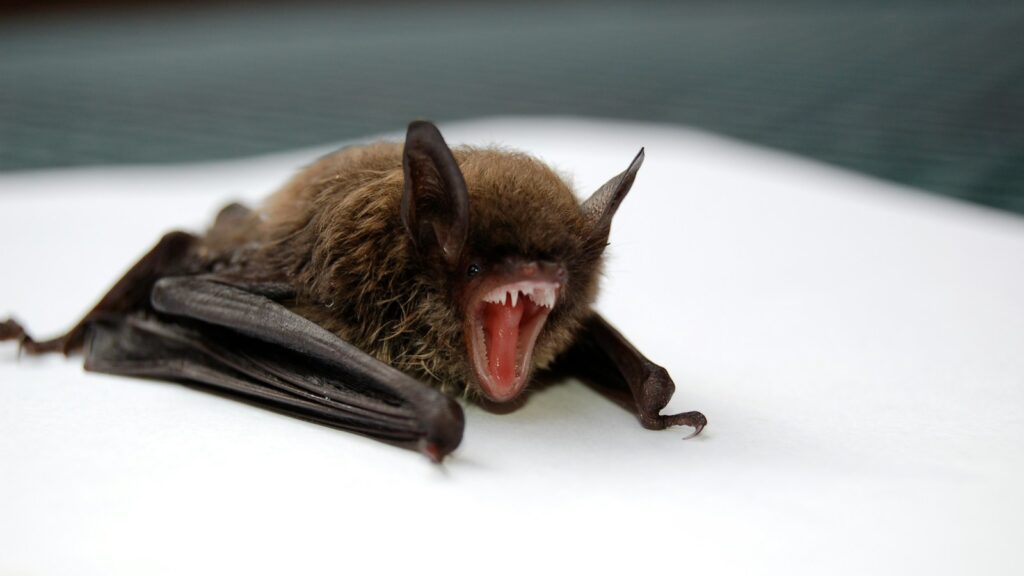
Some moth species have evolved a completely different approach to bat evasion by developing physical structures that absorb or diffuse echolocation calls, effectively creating a form of biological stealth technology. The scales and dense fur-like pile covering the bodies and wings of many moths, particularly those in the families Geometridae and Lasiocampidae, can absorb a significant portion of the ultrasonic energy directed at them by hunting bats. This absorption quality comes from the microscopic structure of the scales, which creates an acoustic impedance gradient that minimizes sound reflection. Researchers have discovered that certain moths possess thoracic scales that can absorb up to 85% of incoming ultrasonic sound energy in the frequency ranges used by bats. The effect is particularly pronounced in heavy-bodied moths with thick furry coatings, which would otherwise be easy targets for bats but become acoustically “invisible” or at least less detectable thanks to their sound-dampening coverings. This adaptation represents a passive defense strategy that works even when the moth doesn’t detect the approaching predator.
Wing Modifications: Acoustic Decoys and Deflection

The wings of many moth species feature specialized structural adaptations that serve as acoustic decoys or deflection mechanisms against bat predation. Some moths, particularly in the families Saturniidae and Geometridae, have evolved elongated hindwing tails or twisted projections that create false acoustic targets, effectively serving as expendable decoys. When a bat attacks these structures based on their echolocation returns, the moth may escape with only damage to non-vital wing parts rather than suffering a lethal strike to its body. Microscopic analysis has revealed that these wing projections often have distinctive acoustic reflection properties that make them particularly prominent in echolocation returns. Additionally, the wing surfaces of certain moth species possess microscale ridges and structural patterns that scatter incoming sound waves, creating diffuse rather than specular reflections that complicate a bat’s ability to precisely locate the moth’s body. These adaptations demonstrate how natural selection has shaped even the physical structure of moth wings to incorporate acoustic defensive functions beyond their primary role in flight.
The Case of the Deaf Moths: Alternative Strategies

Not all moths have evolved hearing abilities to detect approaching bats, yet these “deaf” species still persist in bat-rich environments, suggesting the evolution of alternative defensive strategies. Many microlepidoptera (tiny moths) fly close to vegetation where bats have difficulty maneuvering, effectively using the environment as protection rather than relying on detection and evasion. Other deaf moth species restrict their flight activity to specific time windows when most bat species are less active, such as during the early dusk period before most bats emerge to hunt. Some deaf moths have evolved exceptionally furry bodies that absorb sound waves, making them less detectable to echolocating predators despite their inability to hear bat calls. Interestingly, research has shown that certain deaf moth species have disproportionately distasteful chemical defenses compared to their hearing counterparts, suggesting that when one defense mechanism is absent, natural selection may compensate by enhancing alternative protective traits.
Geographic Variation in Anti-Bat Adaptations

The distribution and intensity of moth anti-bat adaptations show fascinating geographic variation that correlates strongly with bat predation pressure across different regions. In tropical ecosystems, where bat diversity and abundance reach their peak, moths typically display more numerous and sophisticated anti-bat adaptations compared to their temperate counterparts. High-altitude moth populations often show reduced investment in bat-detection mechanisms compared to lowland populations of the same species, corresponding to the decreased bat activity at higher elevations. Island moth populations that have evolved in the absence of bats often lack the elaborate anti-bat adaptations seen in mainland relatives, demonstrating how quickly these energetically costly defenses can be lost when selection pressure diminishes. Research in areas where bats have recently been introduced or have become locally extinct provides natural experiments that reveal how rapidly moth populations can evolve in response to changing predation pressure, with studies showing measurable changes in defensive traits within just decades of altered bat presence.
Chemical Defenses and Acoustic Aposematism

Many moth species combine acoustic strategies with chemical defenses in a sophisticated multi-modal protection system against bat predation. Numerous tiger moth species contain unpalatable or toxic compounds, often sequestered from their larval host plants, making them distasteful or harmful to bats that attempt to consume them. These chemically defended moths frequently produce distinctive ultrasonic clicks that serve as warning signals—a phenomenon known as acoustic aposematism, parallel to the visual warning coloration seen in many toxic insects. Experimental evidence confirms that bats can learn to associate these acoustic warnings with negative feeding experiences, subsequently avoiding moths that produce similar sounds. This association benefits both the individual moth that escapes predation and other similarly defended moths in the population. Interestingly, this system has led to the evolution of Batesian acoustic mimicry, where palatable moth species have evolved to produce ultrasonic clicks similar to those of toxic species, gaining protection by misleading bats into treating them as unpalatable prey.
The Evolution of Bat Countermeasures to Moth Defenses

As moths have evolved increasingly sophisticated defenses against echolocation, bats have not remained static in this evolutionary arms race, developing their own countermeasures to overcome moth resistance strategies. Some bat species have shifted their echolocation call frequencies to ranges that certain moth ears cannot detect, essentially operating outside the moths’ auditory sensitivity range. Other bats have evolved “stealth echolocation,” using calls that are much quieter than typical bat calls while maintaining hunting efficiency, allowing them to approach moths without triggering escape responses. Certain bat species have developed specialized hunting techniques, such as gleaning moths directly from vegetation rather than capturing them in flight, thereby circumventing moths’ aerial evasion tactics. Perhaps most remarkably, some bats appear to have evolved the ability to distinguish between the echoes returning from moths with different types of defensive adaptations, allowing them to selectively target more vulnerable prey. These bat adaptations demonstrate the dynamic and ongoing nature of the evolutionary contest between these nocturnal predators and their prey.
Research Methods for Studying Moth-Bat Interactions

Scientists employ an impressive array of specialized technologies and methodologies to study the complex acoustic interactions between moths and bats. Ultrasonic microphones and bat detectors are essential tools that convert the ultrasonic echolocation calls and moth clicks into audible frequencies that researchers can record and analyze. High-speed infrared videography, capable of capturing up to thousands of frames per second in complete darkness, allows researchers to document the split-second evasive maneuvers moths perform in response to bat attacks. Wind tunnels equipped with acoustic playback systems enable controlled experiments testing moth responses to simulated bat calls without the variability of field conditions. Neurophysiological techniques, including tiny electrodes inserted into moth auditory nerves, help scientists understand exactly how moths process bat sounds and how this information is transmitted to motor centers controlling flight muscles. These sophisticated research approaches, often combining field observations with laboratory experiments, continue to reveal new dimensions of the evolutionary relationship between bats and moths.
Conservation Implications of the Bat-Moth Arms Race
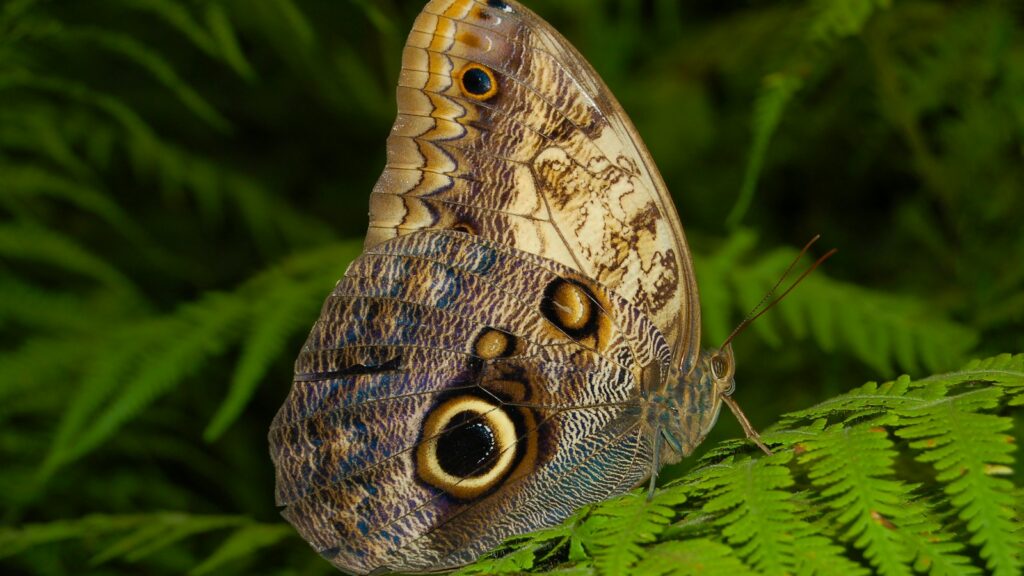
The evolutionary relationship between moths and bats has significant conservation implications in our rapidly changing world. Light pollution presents a particular challenge for this ancient interaction, as artificial lighting can disrupt moth defensive behaviors by interfering with their ability to detect or respond appropriately to bat echolocation. Chemical pollutants, including certain pesticides, can impair the neural pathways that moths use to process acoustic information and execute escape maneuvers, effectively disabling their anti-bat defenses. Climate change is shifting the geographic ranges of both bats and moths, potentially creating new predator-prey interactions between species without shared evolutionary histories of adaptation and counter-adaptation. Understanding these specialized adaptations provides conservation biologists with crucial insights for developing effective protection strategies for both moths and bats, many species of which are experiencing significant population declines. Preserving the ecological conditions that maintain this evolutionary arms race is essential not only for protecting biodiversity but also for continuing to learn from these remarkable adaptations that have potential applications in human technology.
Conclusion

The evolutionary contest between moths and bats exemplifies nature’s extraordinary capacity for innovation through natural selection. Over millions of years, moths have developed an impressive arsenal of defenses against bat echolocation—from specialized ears and evasive flight maneuvers to sound-absorbing scales and acoustic countermeasures. These adaptations demonstrate the powerful evolutionary force that predation pressure can exert, driving the development of increasingly sophisticated survival mechanisms. As this ancient arms race continues to unfold, it offers valuable insights into coevolutionary processes and serves as a reminder of the complex and dynamic relationships that shape Earth’s biodiversity. The ongoing study of how moths resist bat echolocation not only enriches our understanding of evolutionary biology but also inspires biomimetic applications in fields ranging from stealth technology to acoustic engineering.
